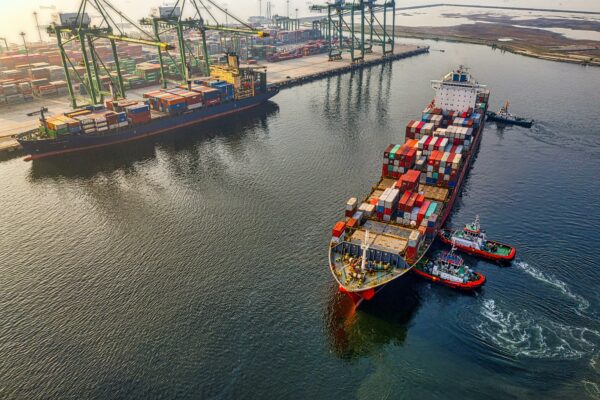The China Opportunity: Understanding the market and how to win
Mar 06, 2023
Scroll to find out more
Mar 06, 2023
Scroll to find out more

In recent years, China has been a dominant force in the global economy, serving not just as the world’s manufacturing hub (responsible for 30% of industrial output in 2021), but as an increasingly core market in itself. Events in China now reverberate throughout the world, from Covid to industrial policy, social trends and geopolitical trends. For businesses in the West, understanding China’s role in production, development, capital flows and supply chains is increasingly important to competing in today’s globalised world.
To understand the rapidly changing role China now plays in the modern, global economy we sat down with Fabienne Pellegrin, Partner at LBB Asia Ltd. on our podcast Freight to the Point to discuss lockdowns, consumer demand and social shifts in this pivotal market.
China’s approach to Covid-19 was unique and held far reaching consequences both within the country and without.
China primarily used lockdowns as their means to control the virus, with major impacts on the daily lives of citizens, not to mention the industrial sector, supply chains and the economy at large. However, seemingly from one day to the next, all of the COVID-19 measures were lifted. Though the journey out of ‘zero-Covid’ has been challenging, with operations severely impacted due to a high rate of illness, there is now much more optimism for the future both in the country and from the outside.
One of the unexpected consequences of this policy of isolation has been new development within the economy itself. ‘China’s been living literally in a bubble for three years. And this has given an opportunity to many of the domestic brands, Chinese brands, to really prosper and bloom into the Chinese consumer market,’ explains Fabienne.
With international brands and businesses severely limited in their ability to engage with the country, new products and trends have arisen that cater specifically to the domestic market based on deep local knowledge.
The boom in Chinese consumption has been a huge benefit for many global brands in the last two decades, but now homegrown competition is raising the bar. Many Chinese brands are specifically catered to the Chinese consumer, giving them a competitive edge, though the impact of this varies by market segment.
While domestic innovation has made it increasingly difficult for foreign brands to compete in the mid-market, established luxury brands like Louis Vuitton and Chanel are insulated. This is partly due to their strong brands, with years of heritage, as well as robust budgets.
‘ [Catering to the China market] means having a China fit, looking at what the China use case scenarios are for your specific products, putting investment beyond just having a social media account in China with Chinese models.’ says Fabienne. ‘You really need to have a holistic China strategy to make it in China. And if you are not able to do that, then maybe that investment is better spent in different markets than in China.’
Key steps include:
While challenges exist, China remains an extremely valuable market for international brands. Currently, China’s urbanisation rates are 62%, with predictions that there will be 70 million more middle-class consumers in the next three years, creating potential for the market to grow significantly.
For businesses entering the Chinese market, the right supply chain infrastructure will be essential to creating the necessary specificity, speed and cost-control to compete in this valuable market.
As discussed above, businesses require the ability to:
Zencargo is the global partner for agile supply chains, helping the world’s most ambitious businesses drive end-to-end value through their supply chain to optimise their approach to different markets, production processes and service levels.
Our central supply chain management platform and digital freight forwarding experts can help you make data-driven decisions that improve our performance, cost efficiency and working capital across your network.
To find out how our world-leading digital freight forwarding services can help you drive more efficient, effective international expansion, get in touch with one of our experts.

If you’re looking for a partner who can support you through 2024, and beyond, w...

Last updated: Monday 3pm BST On Friday 19th July, an unprecedented global issue...
